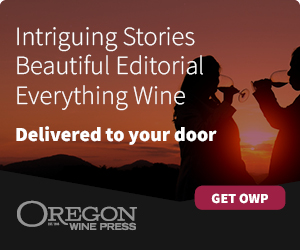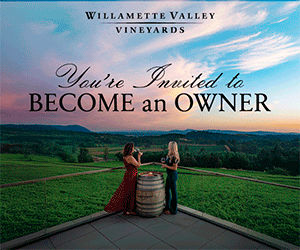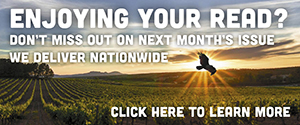Beneficial Bounty
Learn how Oregon restaurants are finding success with vertical integration
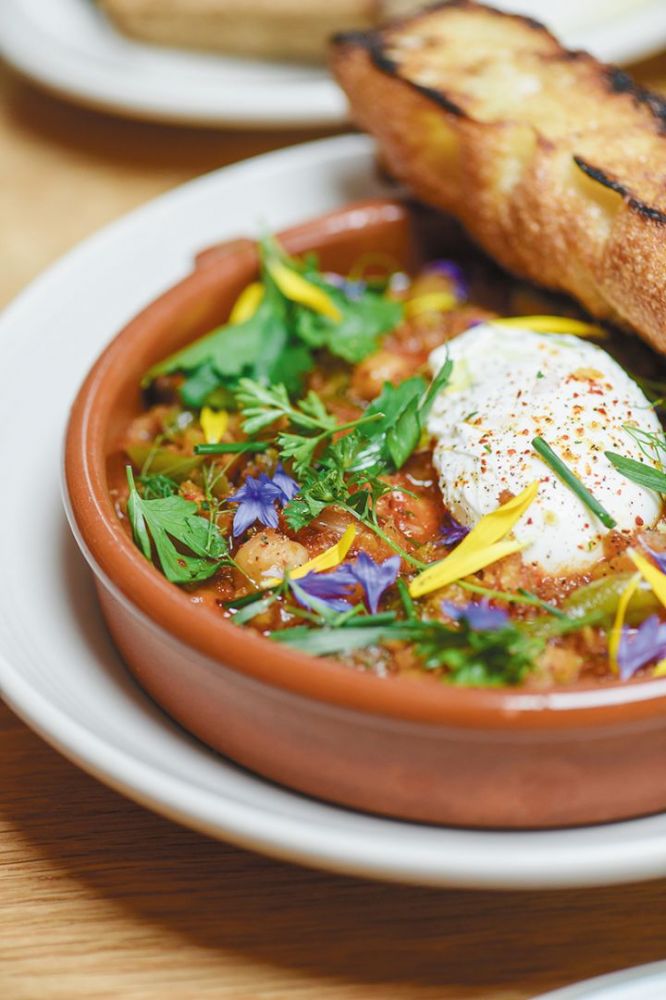

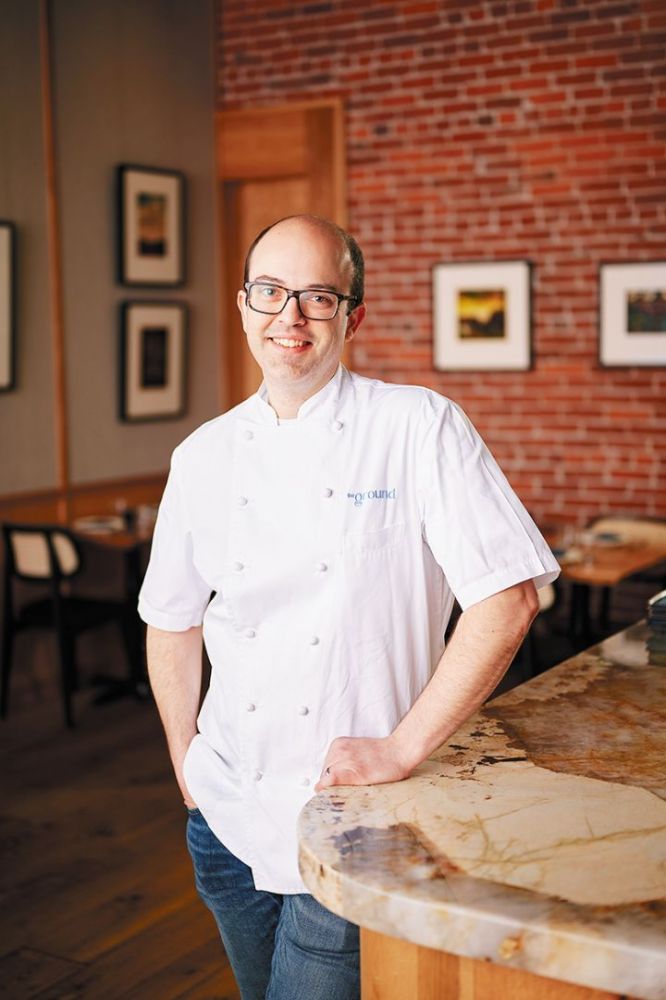
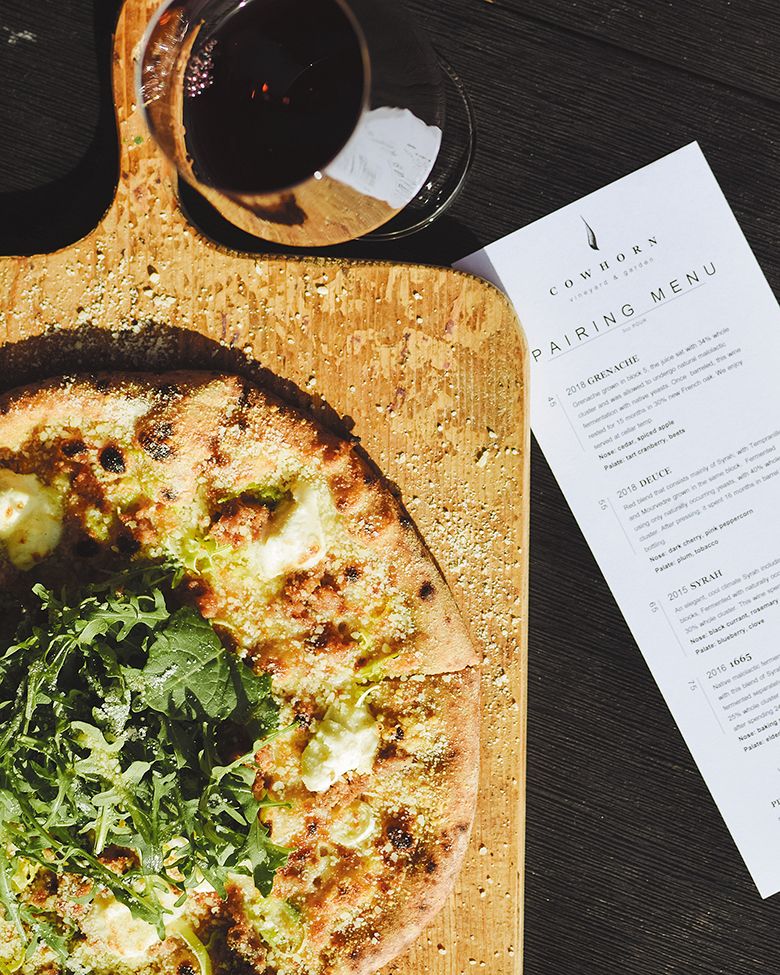
By Annelise Kelly
From forest and field, pasture and sea, farm-to-table dining is one of Oregon’s signature styles– no surprise when considering Oregon’s rich bounty. Yet, some restaurants take this method a step further using vertical integration. They not only serve beautifully crafted food but also produce many of the ingredients.
Aside from the obvious advantage of controlling product quality, these operations realize other advantages in the system. The production element has a predictable, established market. The hospitality component capitalizes on a consistent, permanent provider. Both sides benefit from a circle of combined and mutual assessment. There’s also the financial advantage of eliminating middlemen, granting an increased opportunity to focus on sustainability and stewardship while retaining more money in the community.
I spoke to four Oregon enterprises that have found strength in this kind of deliberate diversification. They described the many ways vertical integration rewards the farm team, kitchen crew, customer, community and environment.
Cowhorn Kitchen & Wine
“Opening Cowhorn Kitchen & Wine was a natural extension of our philosophy,” says Mini Byers, owner of the restaurant and Cowhorn Vineyard, both in Jacksonville. “Beyond showcasing our wines, it offers an invaluable opportunity to share with our guests about our biodynamic farming practices, sustainability efforts and the importance of sourcing locally. It is our way of offering a deeper connection to the values that define us and the future we are working to build.” As a biodynamic enterprise, “fostering biodiversity in both the soil and ecosystem” is critical to keeping the vineyard– and garden– healthy and resilient.
Vertical integration “allows our team to have direct control over every aspect of the food and wine experience. From the property to the kitchen, we can ensure the principles of sustainability, biodynamics and quality are upheld. This seamless connection between production, sourcing and service allows the staff to truly embrace seasonal changes, creating dishes that reflect the land we care for,” explains Byers.
For the restaurant team, “vertical integration means a deeper connection to what’s on the plate and in the glass. They are not just serving food and wine; they are sharing a story of craftsmanship, sustainability and local sourcing.”
Above all, the customer will “experience a meal not only created with love and care but also intimately connected to the land. Sourcing ingredients directly from our garden and nearby farms and pairing them with wines made following the same biodynamic and organic principles ensures an experience that is both authentic and deeply tied to our local terroir.”
The rewards extend into the community. “We’re supporting local farmers, artisans and businesses and hopefully helping to create a thriving and sustainable economy. Adds Byers, “Even our hand soap is made by a staff member who owns and operates a local goat farm called The Salty Goat.”
Byers highlights how their “commitment to biodynamics and sustainability promotes responsible farming practices that benefit the environment and community’s long-term health. I like to think we are not merely a restaurant or winery but a hub for cultivating a deeper appreciation for the land, people who work it and food and wine it yields.”
Gathering Together Farm: Farmstand & Restaurant
Gathering Together Farm, in Philomath, was started to support a restaurant, eventually opening its own 35 seat dining space. Owner and founder John Eveland explains: “I got into farming because I was in the restaurant business. For 40 years, my family ran Nearly Normals Gonzo Cuisine, a really well-respected vegetarian restaurant in Corvallis. We were getting lousy vegetables, so I started growing the produce and met my wife, who’s been farming vegetables since she was in junior high.”
Running the farm included serving lunch to the crew. While adding a new packing shed, “we put in a commercial kitchen with the idea of making jams, and cooking farm lunch.” They gradually expanded into soups, sandwiches, baked goods and, finally, fine dining. They still serve a crew meal, plus lunch and dinner to the public during the growing season.
From the outset, they knew supplying produce to only one restaurant “ain’t gonna keep a farm alive,” observes Eveland. So, they participate in half a dozen farmers markets, sell to many restaurants in Portland and Corvallis, along with maintaining a farm stand and community-supported agriculture, or CSA.
Owning the means of production allows their restaurant “access to the widest variety of produce around. It’s very fresh. We’ll pick the order for them when they want it.” Another benefit is the restaurant uses “cosmetically challenged vegetables” that don’t qualify for their retail displays. “We sell ‘chichi’ high-end vegetables. Our displays look as beautiful as anything you’ll see in any supermarket,” says Eveland. Restaurants, including their own, can use “number two produce” and market returns.
“We encourage customers to look around, walk the farm, see how we grow things. It’s a very good way for people to develop a connection to the food they’re eating. We have become a real source of community pride. When people have visitors coming to town, they bring them here for a unique experience not found elsewhere.”
Humble Spirit
Humble Spirit approaches farm-to-table seriously. The McMinnville restaurant relies on meat and produce from Source Farms, a collaboration between Tabula Rasa and Kookoolan farms. All four entities are under the umbrella of parent company The Ground.
Chef Brett Uniss’ involvement began before the restaurant opened. “We started a small garden while the restaurant was still in construction.” Initially, most of the farm’s revenue originated from Humble Spirit; it’s now expanded to serve other clientele, such as CSA members and farm store shoppers.
The vertical collaboration works for everyone. “For the production team, we can crop plan and have a reliable baseline of revenue to support the garden and livestock operations,” says Uniss. The restaurant team benefits from the opportunity to adjust varieties, and “we now better understand seasonality and micro-seasonality, yielding more efficiencies and profitability for the overall operations,” says Uniss.
“For the customer, they eat a really delicious piece of meat or vegetable grown to its fullest potential.” He mentions how recipes and techniques can be enhanced for specific varieties of produce or livestock.
“I think what I’m describing right now, that dialogue and engagement, is really the definition of community. None of this can be done in a vacuum or by one single person. It takes farm hands, farm managers, general managers, chefs, cooks, dishwashers and guests in the dining room. To me, that builds a more resilient and robust community because everyone’s participating and engaged with it,” says Uniss.
Regenerative viability is the ultimate goal. “We’re talking about soil health being able to support generations. And, economic health, being able to support livelihoods, as well as mental and physical health and well-being of people in the community. Having nourishing food as well as being thoughtful participants, citizens and humans in that same system.”
Ultimately, chef Uniss aspires to “harness people’s connection to food and positively influence the future course of food and agriculture in a regenerative direction. Through that vertical integration, making ourselves strong enough to grow and support the community at large.”
South Bay Wild
South Bay Wild, on a side street in downtown Astoria, serves a casual menu of fresh seafood. Owned by founders Rob and Tiffani Seitz, the restaurant relies on their family-owned fishing vessel, the 59-foot trawler South Bay, for much of the sustainable seafood on the menu.
Their commercial fishing boat traps Dungeness crab and Oregon pink shrimp while also catching black cod, ling cod, rockfish and petrale sole by hook and line. Depending on the fishery, the boat stays out two to four days each trip. The restaurant also serves non-local seafood, such as calamari and prawns from Ocean Beauty Seafood.
One primary motivation for opening the restaurant is personal sustainability. “Being vertically integrated, we keep more of the price for selling our catch than just selling to a traditional processor,” says Tiffani Seitz.
They maintain a “triple bottom line” approach to their business, in which social, environmental, and economic benefits and success are valued equally. Seitz believes it’s important to “keep the fish local, for the community.”
While owning their own boat insulates them somewhat from the uncertainties of the market, Seitz acknowledges “problems can arise, there’s always weather or something else that could happen” interfering with getting fresh local catch into the kitchen.
Does Seitz believe the community would gain if more restaurants were vertically integrated? “I think it would because more of our fish could stay local. Right now, a lot of it is sold overseas, or is taken there to be processed and brought right back, because it’s less expensive.”
After living in Denmark, the Netherlands, L.A. and the Bay Area, writer Annelise Kelly settled in Portland, where she delights in food carts, Douglas firs, dancing and getting crafty. Thanks to Annelise’s broad interests, her career path has weaved through cooking, events, technical writing, decorative painting and retail display.Wanderlust takes her across borders and oceans every chance she gets. Connect with Annelise at www.annelisekelly.com.


